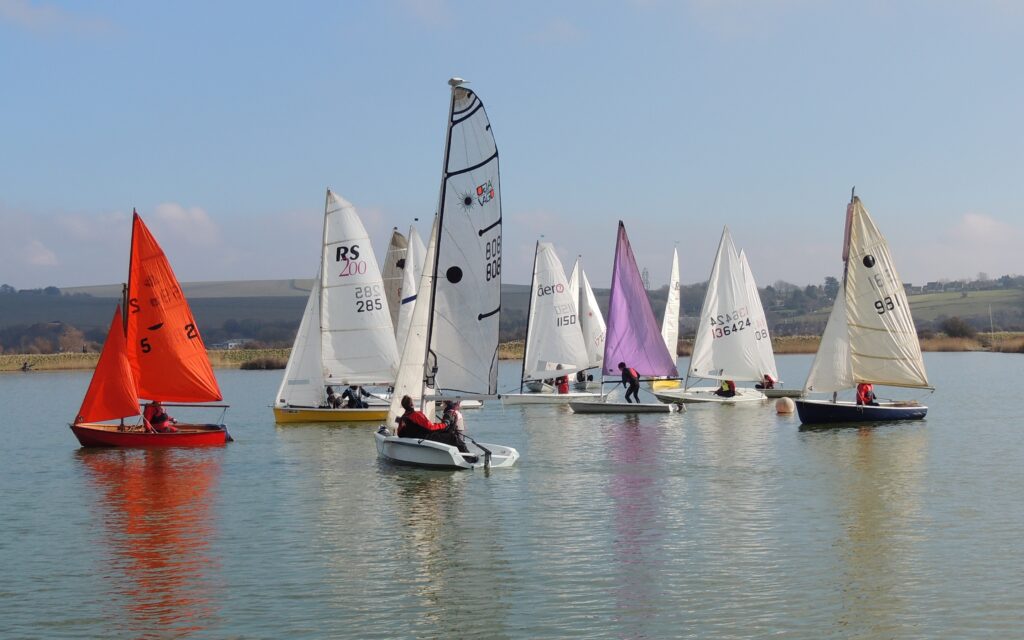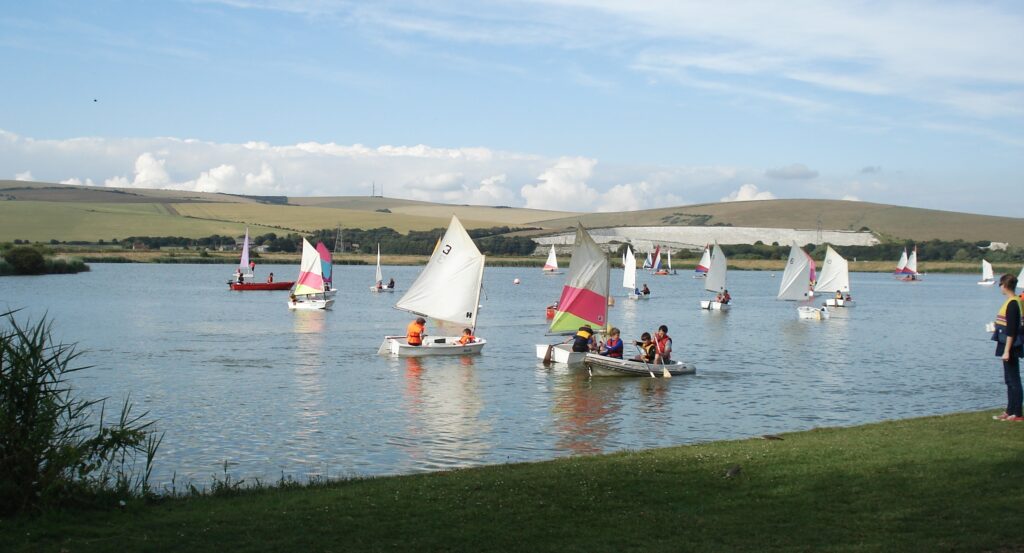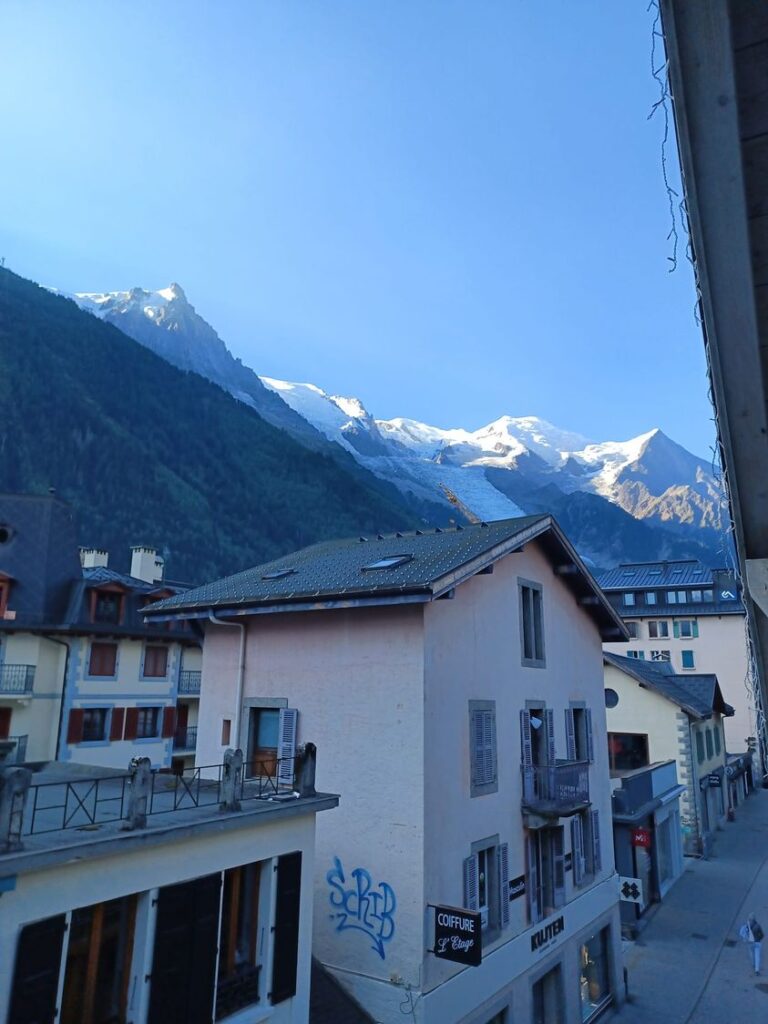
Welcome to the new-look Mainsheet. After a gap of three years our monthly newsletter makes a (welcome?) return. And we’ve got a new format. It’s now embedded into the website so you can easily find the latest edition and back copies. Gone is the outdated Microsoft Publisher format which doesn’t render at all well on modern devices like smart-phones and tablets. It now just looks like another web-page but with easy navigation between stories. We hope to keep Mainsheet informative but also slightly light-hearted. It’s not there to beat you up for not doing this or that (but it might do that occasionally), but is meant to be an easy read to keep you in the know.
All this is dependent on good content and that’s where everyone comes in. Mainsheet will be nothing without your input. I’m quite happy to correct spelling grammar (try to stop me) and to add pictures where I can and, of course, I’ll do the layout, but I do need something to work with. Send any contributions to mainsheetnssc@nssc.org.uk. I’d like humorous articles, items for sale, or anything that’s club or sailing related. You can have a moan, but please keep it positive suggesting what should be happening rather than accentuating where things are going wrong.
In this edition we have the following articles. You can either skip straight to them by clicking on them, or just scroll through the page:
- Update on Piddinghoe Pond (or Lake, whichever you like) Water Quality
- Membership Fees for 2023
- Social Events coming-up
- etc
- etc
Piddinghoe Pond Water Quality

As you will be aware, Piddinghoe pond was closed on 23rd August due to the many fish deaths that occurred at that time. The cause of the fish deaths was a rapid decline in the level of oxygen in the water due to the long heatwave.
Oxygenating pumps had been running at the pond for two weeks prior to the fish deaths occurring and an additional aerating pump was lent by the Environment agency as soon as fish started to die. Oxygen levels are measured weekly during the summer months by the Angling Club and are reported to NSSC. Levels of oxygen in the water have now recovered and the EA pump has been removed. For the moment, NSSC and the Angling Club are continuing to run two aerating pumps overnight and will keep this under review.
Following recent reports in the media of sewage discharges at various locations in the country, samples of water were taken from Piddinghoe at the beginning of last week and sent to a UKAS accredited laboratory to be tested for the presence of E.coli and Enterococci. We are pleased to report that there is no evidence of sewage leaks affecting the pond. Results of the water analysis were compared against the EC Bathing Water Directive (2006/7/EC) for inland waters and classified as “Pass Excellent”.

Unfortunately though, there is still evidence of Blue-Green algae (cyanobacteria) at Piddinghoe. Blue-Green algae occurs around the world and this summer there have been many reports of it in rivers and lakes around the country. The RYA provide the following information (https://www.rya.org.uk/knowledge/environment/dealing-with-blue-green-algae):
“Blue-green algae (or cyanobacteria) occur in fresh, brackish and sea water throughout the world; in the UK they can sometimes appear in large blooms during the summer months in ponds, lakes, reservoirs and old gravel pits and can cause problems for boating activity.
While usually green, or blue-green in colour (hence the name), they may be khaki, blue, black, dark brown or red. Blooms of blue-green algae can form thick scums on the surface of the water and are often cause for concern because as they start to break down they can release a range of toxins. If these toxins are ingested in large quantities they can present risks to human health and long-term exposure of human skin to the toxins can cause irritation. The effect on humans in the UK has been limited to illness rather than death and there are a number of steps that you can take to minimise the risk associated with blue-green algal blooms.
There are a wide variety of types of blue-green algae and the fact that each of them can behave differently means there are no strict guidelines on whether it is safe to continue using recreational waters in the event of an algal bloom. Instead, it is recommended that a risk assessment be made on a case-by-case basis to establish what is necessary to protect the health of water users.
The RYA has therefore produced a guidance note for those clubs wishing to continue operating on their water if blue-green algae are present. The guidance note also contains a section of advice for those teaching children and vulnerable adults“
NSSC will be following the RYA’s guidance on Blue-Green algae, which is available online here: https://www.rya.org.uk/knowledge/environment/guidance-notes
In the above guidance, The RYA classifies groups of water users in decreasing order of risk from the effects of Blue-Green algae:
1. Swimmers, paddlers, children playing at the water’s edge, dogs, other animals including some farm animals, fishermen using the bank and water’s edge.
2. Windsurfers whose level of competence puts them at risk in the prevailing wind conditions of becoming immersed in or blowing into areas of algal scum.
3. Dinghy sailors, catamaran sailors, canoeists and windsurfers competent for the prevailing conditions.
4. Other boat users and fishermen fishing from a boat or pontoon.
While the default position of the NSSC Board is that people should not enter the water at Piddinghoe, the Board also recognises that the risk of exposure to blue-green algae toxins is lower for some user groups than for others.
Based upon this information, the NSSC Board makes the following recommendations:
1. Young children and dogs should not be permitted to play in the water or at the water’s edge. Children should not use the paddleboards or old windsurf boards due to the risk of falling into the water.
2. Windsurfers under the age of 18 may only use the pond if their parents/carers come to the pond at the same time to assess conditions and the associated risk.
3. Adult windsurfing is permitted on the condition that the windsurfer judges that their level of competency is sufficient for the prevailing conditions.
4. Dinghy sailing is permitted on the pond provided that the level of competency of those in the dinghy is sufficient for the conditions. Adults are judged to be capable of deciding this for themselves, but the decision for under-18s must be made by their parent/carer.
5. Anyone entering the water (e.g. after a capsize) must shower immediately.
The board ask that anyone experiencing a rash or other condition after being at the pond notifies the NSSC board and seeks medical attention at the earliest opportunity.
Membership Fees for 2023
Membership fees will be doubling in 2023 in line with inflation and to enable our glorious leader to go on more holidays like this:

Social Events Coming-Up
Our autumn social programme is getting under way:
events-20220911quiz-flyer-20220911
Oktobefest-20220911
Most of our events over winter are on a Friday evening at Seaford, but don’t forget that the clubhouse is open to members and their guests on every Friday night, and there is often a special meal available then.
Keep an eye on the club’s Event Calendar for what’s coming up.

